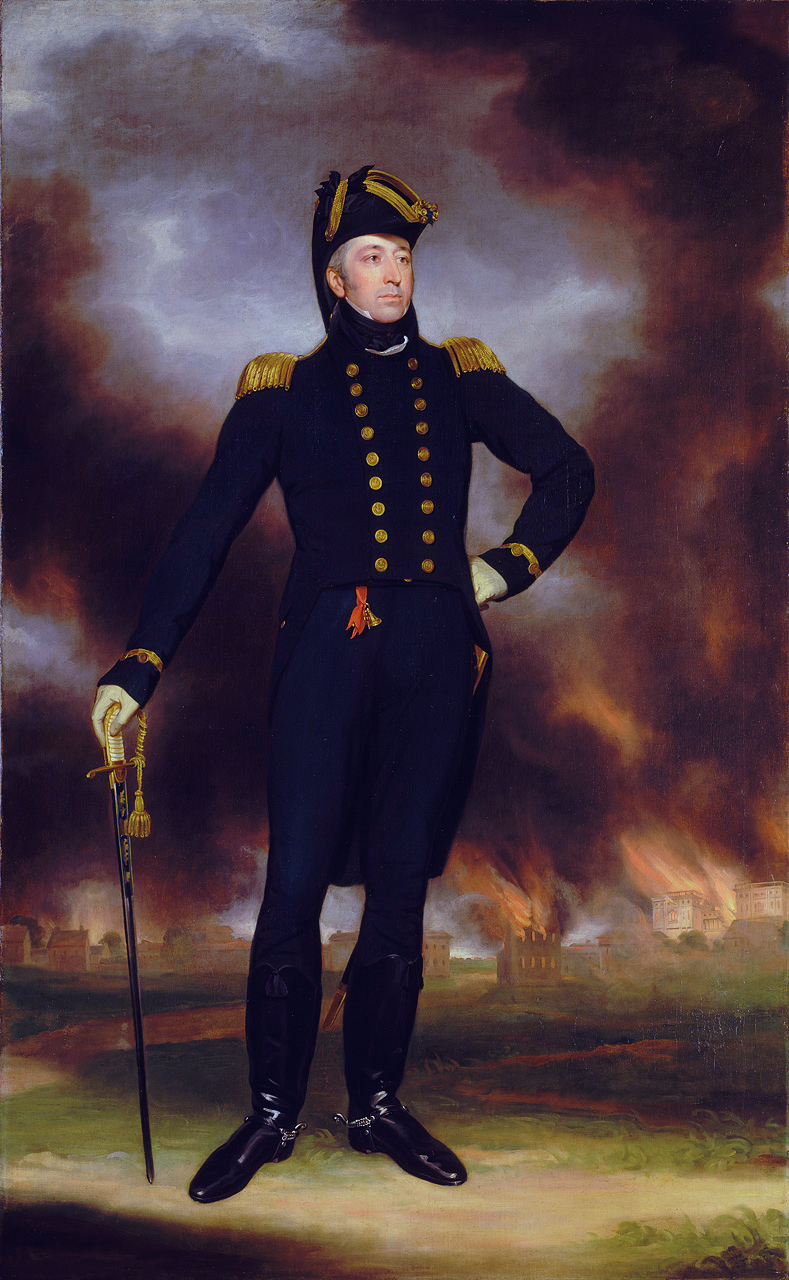Madoc said:
I think you're still being to vague.
What size forces are you envisoning for each side? Equally equipped? Equal in number? Or does one side have superior numbers whilst the other has superior toys? Those are the things which would truly drive the strategy and tactics involved here.
If the defenders of the capitol have numbers on their side then the attackers would adopt a strategy of grinding down those numbers as painlessly as possible. Expect lots of anti-personnel artillery fire and the like.
If the defenders have the toys on their side then the attackers would have to close as quickly as possible to prevent their being so whittled down.
The attackers are lead by a command team that is psychologically prepared for assisting 'regime change' or counter-insurgency work - not a stand up battle. The force consists of a number of elite units, supported by whatever forces could be found locally.
The defenders represent a more mixed force, including some special forces (flown in), standard army troops and some militia units. As time goes on more troops gradually pour into the capital as units declare for either side. The attacking force is somewhat outnumbered, but can gain a Pyrrhic victory if it moves fast enough to 'behead the beast' by symbolically seizing the government.
I realise I am still being vague - but it is a chaotic situation and neither side has clear information on who they will be fighting (or who will join their side) as they initially plan their advance.
martinbayer said:
Avimimus,
why not have your forces get (at least close) to the theater for example in private cars and off road vehicles on a multitude of paths? I think speed, stealth and dispersion might get you farther quicker and provide more of an element of surprise.
Exactly. Commandeered vehicles speed up the advance and military vehicles do exist - they just shouldn't be assumed as reliable assets once enemy units are within 150 km or so.
martinbayer said:
I'm also still puzzled by the premise of or rationale for the complete absence of crewed airborne assets on either side - what about airlift, paratroopers, close air support, attack helicopters, bombers...?
Martin
I realised I missed this!
The tactical air arm has its units deployed in overseas bases - so the only substantial airforce units in the United States mainland are part of the strategic air arm. Initially, when it looks like fighting could be avoided, the air-arm refuses to fire on American troops. Afterwords, many units are effectively disabled due to disagreements between the airforce bases and nearby army units as to which side to back. By about five days into the campaign air-strikes begin and increase in intensity. The primary focus is on establishing air-dominance in the region.
The weight is initially on the side of the defenders - but less than 25% of the SAA is active during this period. It isn't until the second week that the air-force joins the side of the attackers.
So - yes - the slow/dispersed advance is partly because of airstrikes (or their possibility).

